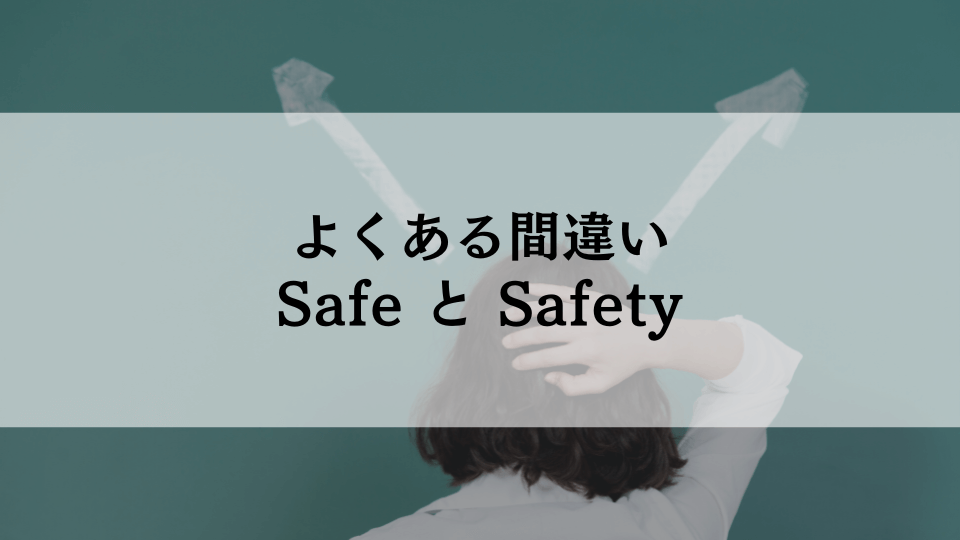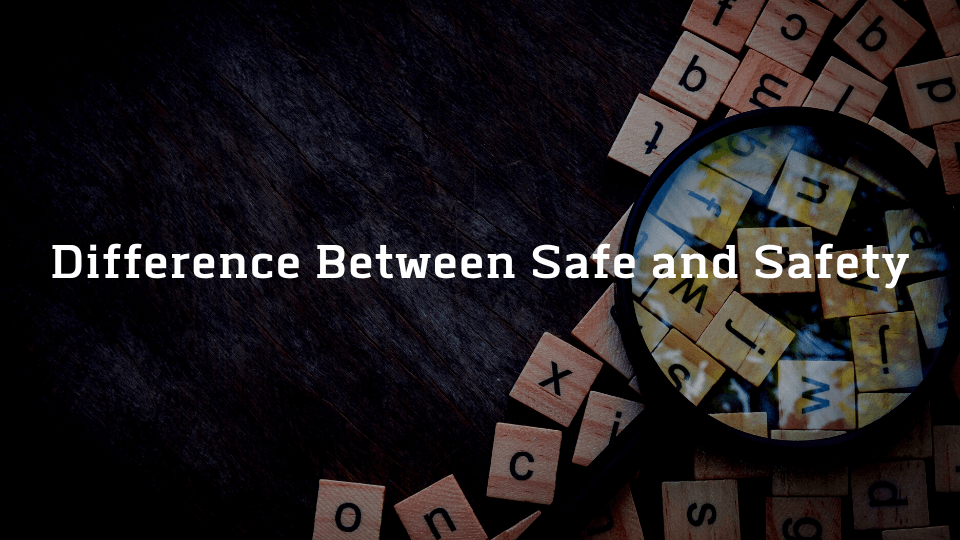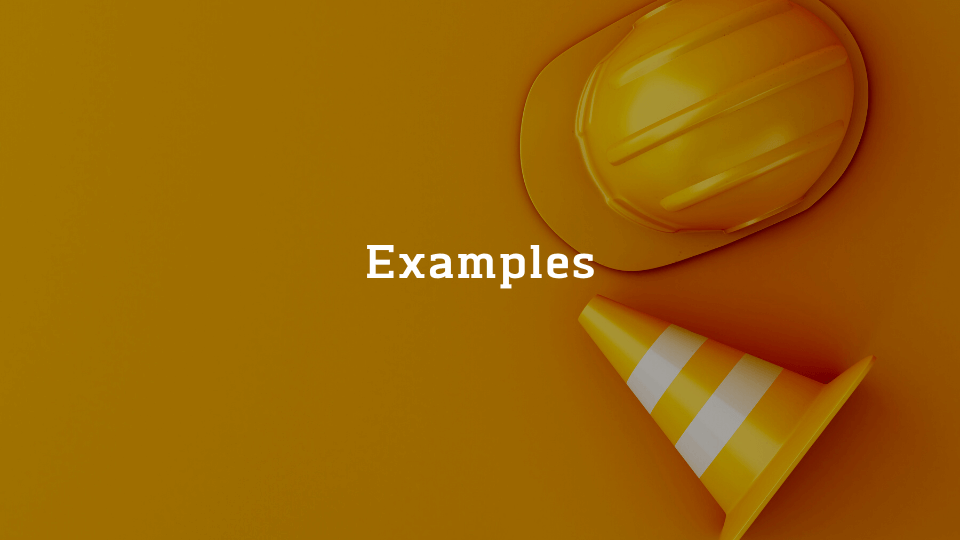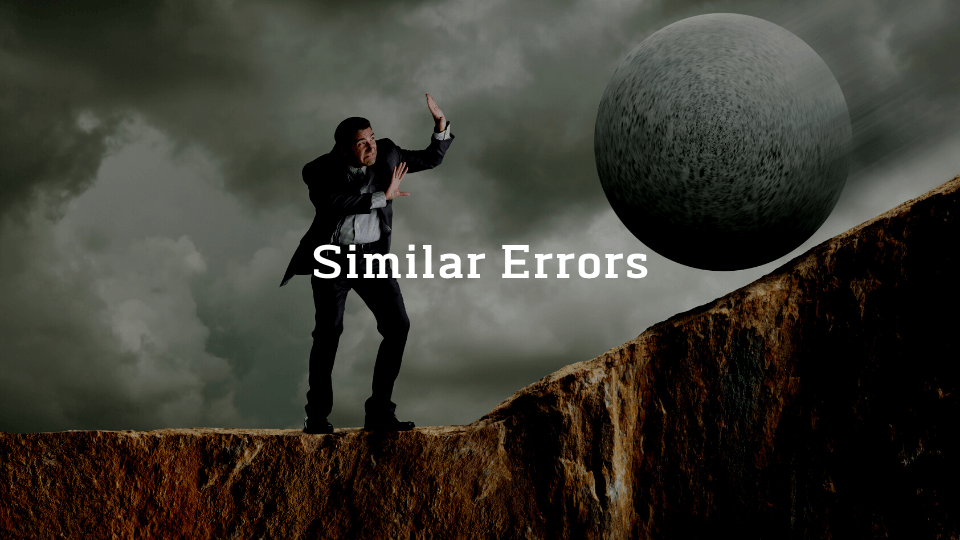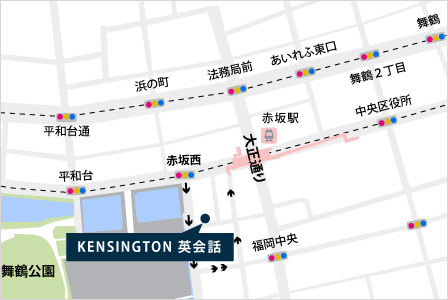【講師ジェイミー】
みなさん、再びこんにちは。
今日のブログでは、「safe」と「safety」という単語の違いについてお話しします。
これは私の生徒さんたちがよく混同している言葉ですが、簡単に修正できます。
日本はとても安全な国なので、旅行に関するレッスンを行なっている時や、日本について話している時によく耳にします。
「safe」と「safety」の違い
基本的に「safety」は名詞なので、何かを説明するためには使用しません。
「safe」は形容詞なので、場所や状況などを説明するために使用します。
「safe」を使った例文
これはよくある間違いの一つで、私が最もよく耳にするものでもあります。

この20年間英語を教えてきた間に、何度もこの間違ったフレーズを耳にしてきました。
おそらく、日本人の多くの方が「safety driver」という言葉を使うからかもしれません。
正しい文章はこのようになります。
Japan is a very safe country.
(日本はとても安全な国です。)
I am a very safe driver.
(私はとても安全なドライバーです。)
My neighbourhood is really safe. We’ve never experienced any kind of crime since we’ve lived there.
(私の住む地域は本当に安全です。私たちがそこに住んで以来、犯罪に遭遇したことはありません。)
「safety」を使った例文
ここでは「safety」という言葉を使った例文をご紹介します。
下記の言葉は建設現場や危険が伴う職場などでよく見かける言葉です。
Safety First
(安全第一)
飛行機に搭乗した際によく耳にするアナウンスのなかにも「safety」が使われています。
For the safety of our passengers and crew. All luggage must be stored in the overhead compartment or under your seat during take off and landing.
(乗客および乗務員の安全のため、離陸および着陸中はすべての手荷物を頭上の収納スペースまたは座席の下に収納してください。)
類似のよくある間違い「danger」と「dangerous」
頻繁ではありませんが、「danger」と「dangerous」を混同している方もいます。
「safety」と「safe」のように、「danger」は名詞で「dangerous」は形容詞です。
Danger! Do not enter. High Voltage Wires
(危険!入らないでください。高電圧の電線があります。)
Don’t touch that cable. It is old and frayed and looks a bit dangerous. I’ll buy a new one today.
(そのケーブルには触れないでください。古くてほつれていて、少し危なく見えます。今日新しいものを買います。)
まとめ
以上が「safe」と「safety」の違いです。
それらの違いは明確で、使い方を覚えておけばそれほど難しくありません。
「safe」は形容詞なので、場所や人、地域、近隣などを説明するために使用でき、「safety」は名詞なので、上で示したような看板やアナウンスでよく使われます。
お役に立てると嬉しいです。
ジェイミー
実践的な英語ならケンジントン英会話
ケンジントン英会話では、教科書には載っていない、生きた表現を身に付けられます。
福岡市内の教室やオンラインで、経験豊富でフレンドリーな講師と一緒に英語を学びませんか?
実践的な英語を学びたい方はケンジントン英会話の公式サイトをチェック!
[英語原文]
Common English Errors (Safe vs Safety)
Hello again everyone. In my blog today I’ll show you the difference between the words safe and safety because it is something that my students seem to confuse very often and is also an easy fix. I often hear it when we do the travel based classes or when we are talking about Japan because as you are all aware, Japan is a very safe country.
Difference Between Safe and Safety
Basically, safety is a noun so we don’t use it to describe something. Safe is the adjective and is what we use to describe places, situations, and so on.
Examples
This is an example of one of these mistakes and it is also the one I hear most often.
Japan is a very safety country.
I’ve heard this so many times in my 20 years teaching here and it is incorrect, maybe it’s because a lot of Japanese people use the term “safety driver”
This is the correct version.
Japan is a very safe country.
I am a very safe driver.
My neighbourhood is really safe. We’ve never experienced any kind of crime since we’ve lived there.
Here are some examples of how to use the word “safety” in a sentence.
You will often see this on construction sites or workplaces where there is a risk of danger involved.
“Safety First”
You will also hear this announcement after boarding a flight.
“For the safety of our passengers and crew. All luggage must be stored in the overhead compartment or under your seat during take off and landing. “
Similar Errors
Similarly, but not quite as often I hear people confuse the words danger and dangerous.
In the same way as safety and safe, danger is the noun and dangerous is the adjective.
For example
“Danger! Do not enter. High Voltage Wires”
“Don’t touch that cable. It is old and frayed and looks a bit dangerous. I’ll buy a new one today.
Conclusion
So there it is. The difference between safe and safety is pretty obvious and not so difficult to master as long as you remember that safe is an adjective so we can use it to talk describe things like places, people, areas, neighbourhoods, and more, and safety is a noun so it is often used on signs and in announcements like I showed you above. Hope that comes in handy.
Jaimie
~*~*~*~ \ Follow me / ~*~*~*~
Instagram : @kensington_eikaiwa
Twitter : @Kensington_Eng
Facebook : @kensingtoneikaiwa
YouTube : KENSINGTON英会話
~*~*~*~*~*~*~*~*~*~*~*~*~*
◆お問い合わせはこちら
ケンジントン英会話:お問い合わせフォーム












